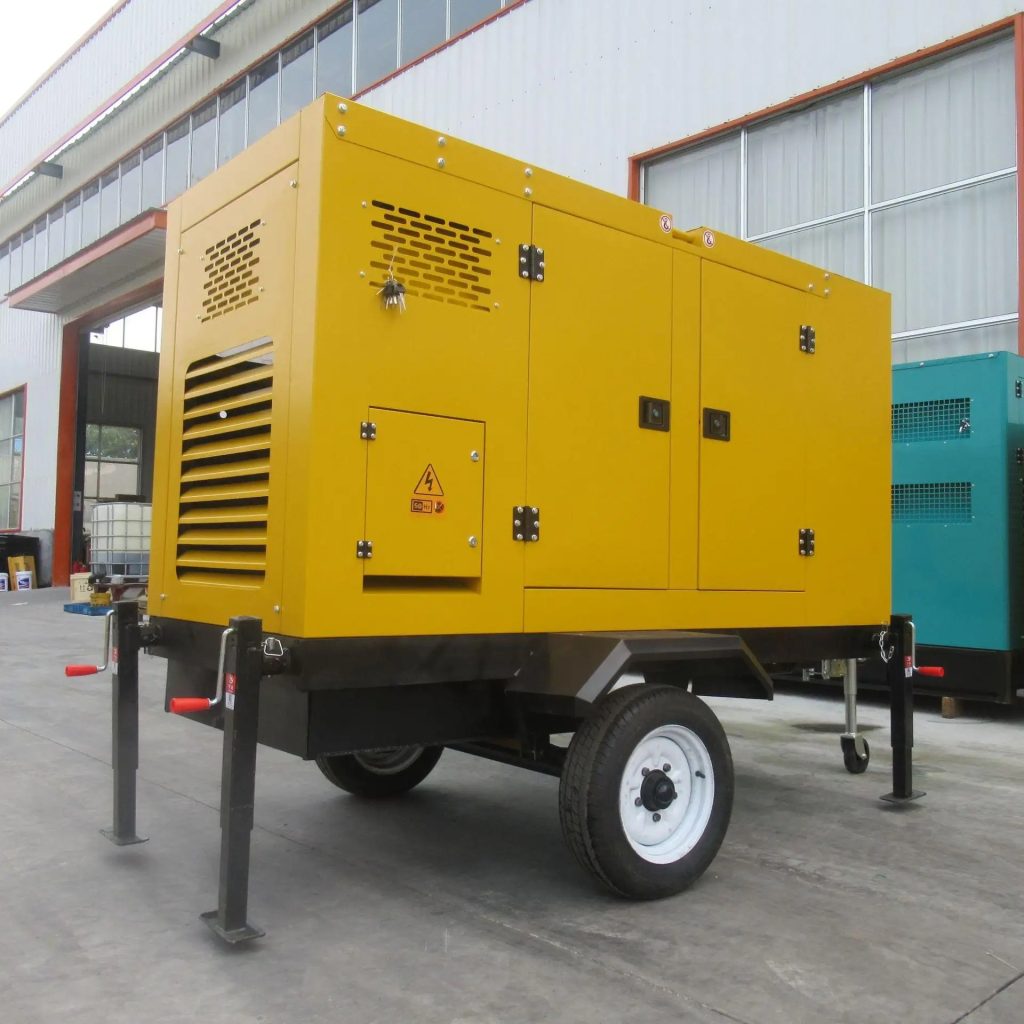Environmental Compliance with Diesel Generators A Comprehensive Guide

Introduction
Diesel generators are an essential component of many industries and organizations, providing backup power during outages and ensuring continuous operations. However, the use of diesel generators also raises concerns about environmental compliance due to their emissions and impact on air quality. In this comprehensive guide, we will explore the environmental regulations that govern the use of diesel generators, discuss the technologies and strategies available to improve environmental performance, and provide practical tips for achieving compliance.
Regulatory Framework
The operation of diesel generators is subject to a range of environmental regulations at the international, national, and local levels. The most significant regulations governing the emissions from diesel generators include:
1. International Standards: The International Maritime Organization (IMO) sets standards for emissions from diesel engines used in marine vessels. The IMO's MARPOL Annex VI regulates air pollution from ships by setting limits on sulfur oxides (SOx) and nitrogen oxides (NOx) emissions.
2. National Regulations: In many countries, national regulations set emission limits for stationary diesel generators. For example, the United States Environmental Protection Agency (EPA) regulates emissions from non-road diesel engines, including those used in generators. continue reading this.. 's Tier 4 standards set stringent limits on particulate matter (PM), NOx, hydrocarbons, and carbon monoxide emissions.
3. Local Regulations: Local authorities may also impose additional restrictions on the operation of diesel generators to protect air quality in specific regions. These regulations may include permit requirements, emission limits, and operating restrictions.
Technologies for Environmental Compliance
To meet the stringent emission standards set by environmental regulations, diesel generator manufacturers have developed advanced technologies to reduce emissions and improve environmental performance. Some of the key technologies used in diesel generators for environmental compliance include:
1. Exhaust Gas Aftertreatment Systems: Exhaust gas aftertreatment systems, such as selective catalytic reduction (SCR) and diesel particulate filters (DPF), are used to reduce NOx and PM emissions from diesel engines. SCR systems use a catalyst to convert NOx into nitrogen and water, while DPFs trap and remove particulate matter from the exhaust gases.
2. Engine Optimization: Engine manufacturers have also optimized the combustion process in diesel engines to reduce emissions while maintaining performance and efficiency. Technologies such as high-pressure common rail fuel injection, variable geometry turbocharging, and electronic engine controls help to minimize emissions during operation.
3. Alternative Fuels: Using alternative fuels such as biodiesel, natural gas, or hydrogen can help reduce emissions from diesel generators. Biodiesel is a renewable fuel derived from plant oils or animal fats that can be used as a drop-in replacement for diesel fuel, reducing greenhouse gas emissions and air pollutants.
4. Hybrid Systems: Hybrid power systems that combine diesel generators with renewable energy sources, such as solar panels or wind turbines, can reduce the overall fuel consumption and emissions of the system. By integrating energy storage systems, hybrid systems can also provide more stable and reliable power supply.
Practical Tips for Environmental Compliance
In addition to using advanced technologies, there are several practical tips that organizations can follow to ensure environmental compliance when operating diesel generators:
1. Regular Maintenance: Proper maintenance of diesel generators is essential to ensure optimal performance and minimize emissions. Regular inspections, filter replacements, and tune-ups can help keep the engine running efficiently and reduce emissions.
2. Fuel Management: Using high-quality fuel and following proper fuel storage and handling practices can help prevent fuel contamination and reduce emissions. It is important to monitor fuel quality and ensure that the fuel meets the specifications recommended by the engine manufacturer.

3. Emission Monitoring: Installing emission monitoring systems on diesel generators can help track emissions levels and ensure compliance with regulatory limits. Real-time monitoring can alert operators to any issues that may arise and allow for prompt corrective action.
4. Compliance Reporting: Keeping accurate records of generator operation, maintenance activities, and emissions data is essential for demonstrating compliance with environmental regulations. Organizations should maintain detailed records and report emissions data as required by regulatory authorities.
Conclusion
Diesel generators play a critical role in providing backup power for industries and organizations, but their operation can have significant environmental impacts. By understanding and complying with environmental regulations, implementing advanced technologies, and following practical tips for environmental compliance, organizations can minimize the emissions from diesel generators and reduce their environmental footprint. By taking proactive steps to improve environmental performance, organizations can ensure sustainable operations and contribute to a cleaner and healthier environment.
